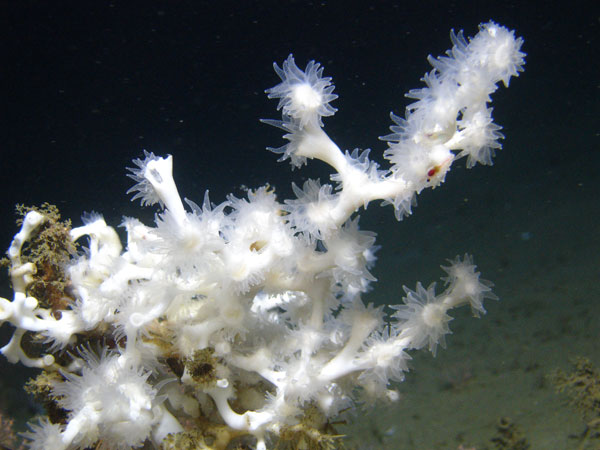Race Is On to Save Sweden's Only Coral Reef


Despite the frosty scenes its name evokes, Sweden has a coral reef. In fact, it formerly had three, and the last one remaining is in danger of dying out.
To prevent the collapse of this unique ecosystem, Mikael Dahl, a marine biologist from the University of Gothenburg, has begun introducing corals from Norwegian waters that could replenish the Swedish reef, according to a statement from the university.
Sweden's sole coral reef, the Säcken reef, is dominated by a cold-loving species called Lophelia pertusa. But it's in decline due to disruption by fishermen who drag trawls, or nets, across the ocean bottom to catch fish, nets that can also break apart and kill coral. Pollution by nutrient runoff also causes sediments to fall onto the surface of corals, which hampers their growth and can eventually kill them. Now the reef's corals are spread throughout an area of about 53,820 square feet (5,000 square meters), which is slightly smaller than an American football field. And it continues to shrink.
Corals reefs depend on larvae from other reefs to naturally recover after being damaged, and researchers hoped that larvae from nearby Norwegian waters could serve this role. But a study Dahl published recently in the journal Coral Reefs found that Sweden's Säcken reef is isolated, and only receives a tiny amount of larvae from Norway. So Dahl has begun to introduce these cold-loving corals, placing them on the Swedish reef.
"It is highly unlikely that the Säcken reef will recover naturally," Dahl said in a statement. "Instead, interventions are needed in order to ensure the survival of the reef."
Dahl said he hopes the Norwegian larvae will survive being transferred to the new reef and be able to grow and multiply.
Dahl's study also found that some of these corals are likely more than 6,000 years old. "These individual corals have been living there in the deep darkness since long before the Pharaohs built the pyramids," Dahl said.
Get the world’s most fascinating discoveries delivered straight to your inbox.
Follow OurAmazingPlanet on Twitter @OAPlanet. We're also on Facebook and Google+.



